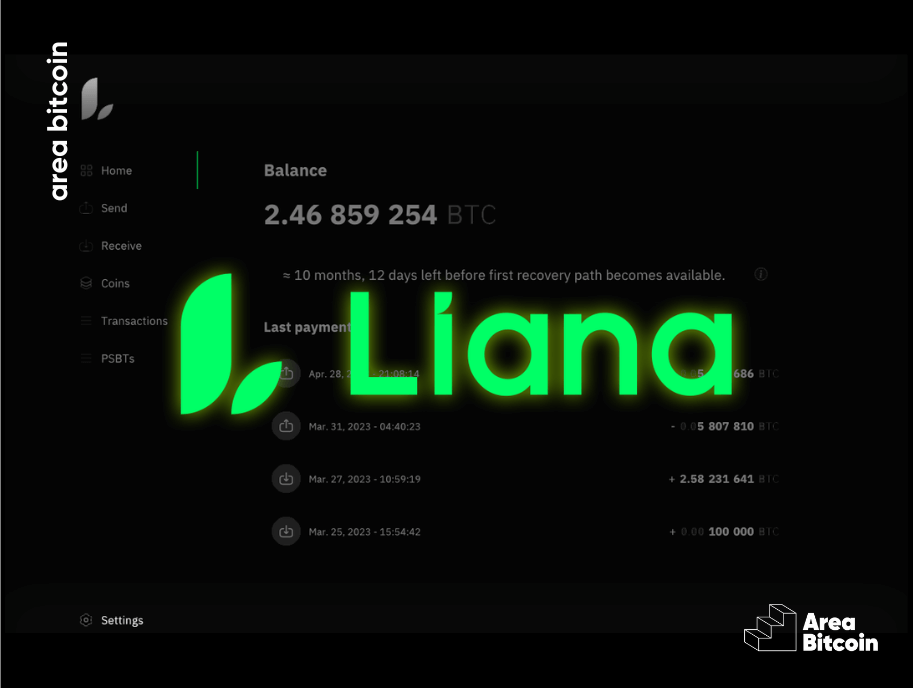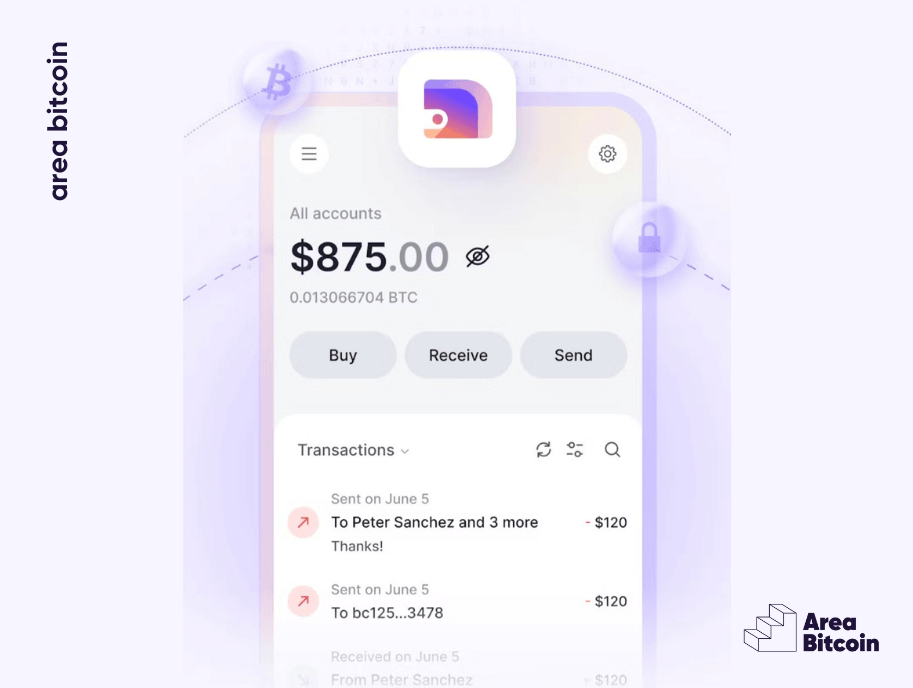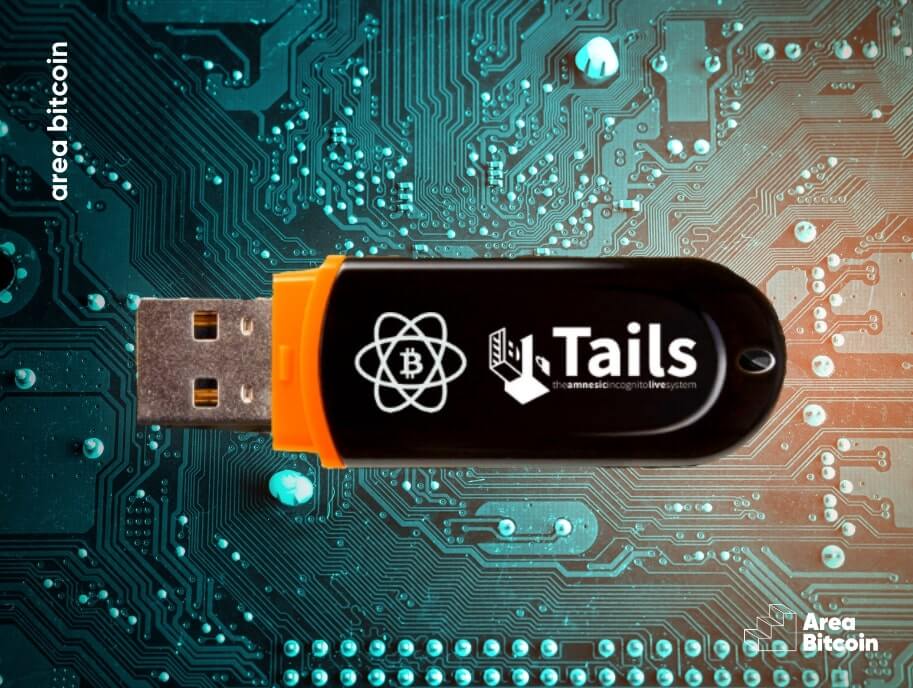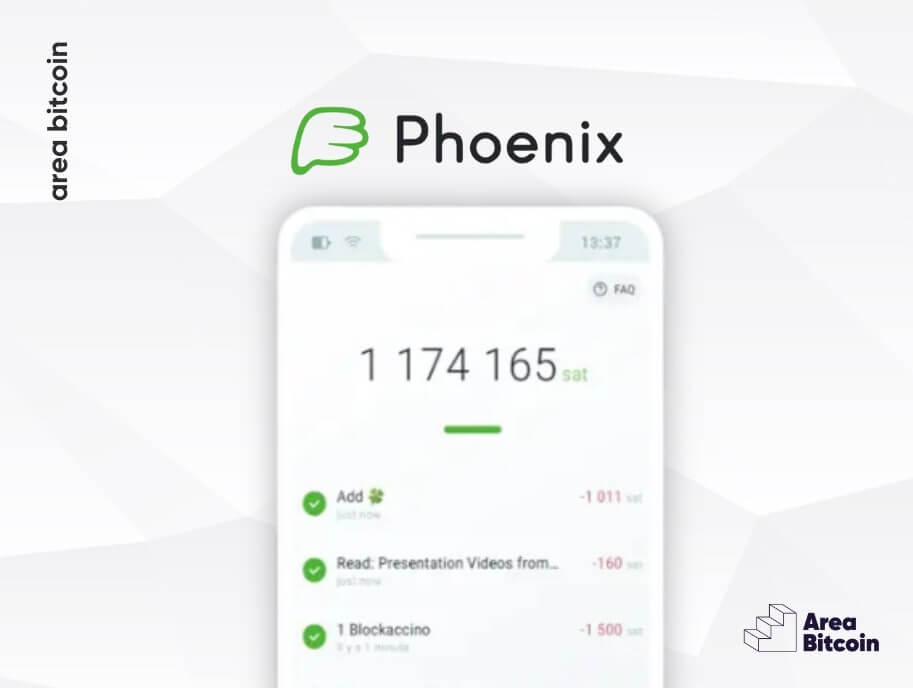Liana is one of the latest innovations in the Bitcoin wallet ecosystem, designed to address a crucial issue: inheritance management and the secure, automated transfer of Bitcoin.
As Bitcoin continues to grow as a form of wealth, the challenge of ensuring funds are accessible after death has become increasingly important. Liana offers a robust solution to this, combining security, usability, and flexibility.
In this article, we’ll explore what the Liana wallet is, how it works, its key features, and why it marks a significant advancement in the world of Bitcoin wallets.
Let’s dive in!
Table of contents
What is Liana?
Liana is a Bitcoin wallet that stands out by offering a built-in inheritance feature.
Launched in July 2023, it was developed by Wizardsardine, the same team behind the Revault project—a protocol that enhances security and recovery options for multisig wallets.
The lead developers involved in creating the wallet include Antoine Poinsot and Kevin Loaec, both with extensive experience in developing Bitcoin security solutions.

Liana enables users to set up an automated, secure process to transfer their funds to beneficiaries after a period of inactivity or in the event of death.
In short, the wallet is designed to allow seamless Bitcoin asset transfers without intermediaries, ensuring full user control.
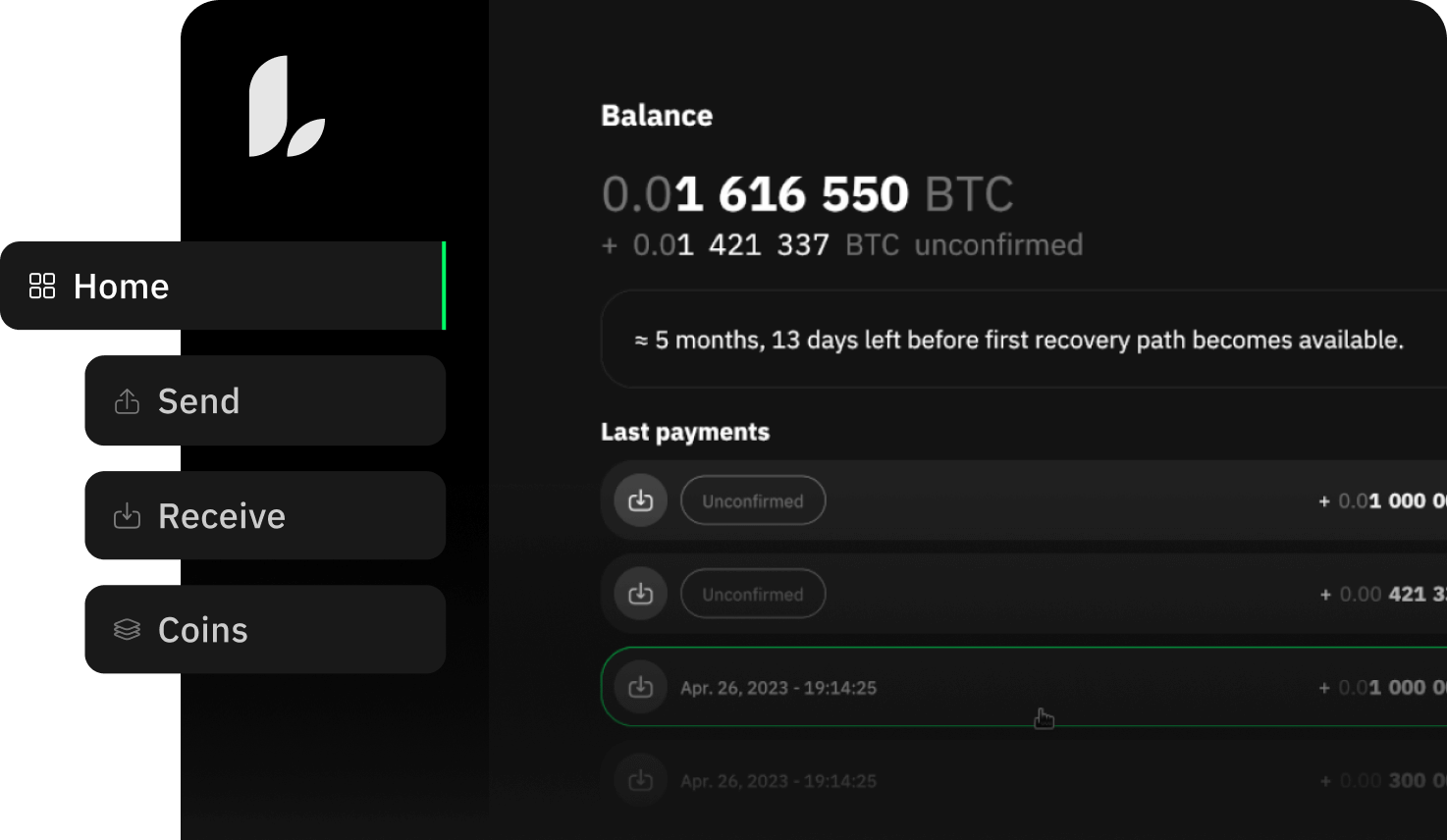
How does Liana work?
Liana uses a multisig (multi-signature) and time-lock configuration to enable its inheritance features.
In simple terms, the user creates a wallet where they control the primary key but can assign a secondary key (or group of keys) that can access the funds after a certain period of inactivity or a predetermined time lock.
The process works in two main steps:
- Initial Setup: The user creates a multisig wallet with a primary key (which they control) and an inheritance key (which could be assigned to a family member, friend, or another beneficiary). They also define a time frame, after which the inheritance key can access the funds if the primary key is not used.
- Inheritance Execution: If the set time period passes without the primary key being used (for instance, if the user passes away or loses access), the inheritance key can spend the funds. This setup removes the need for third parties or lawyers to manage the user’s Bitcoin after death.
But how does this work technically? It all happens through something called Miniscript.
Let’s dive into what that means!
What is Miniscript?
Miniscript is a Bitcoin scripting language created by Blockstream in 2018 to simplify the creation of complex smart contracts.
It was developed to improve existing tools, like Pieter Wuille’s output descriptors and the Partially Signed Bitcoin Transaction (PSBT) protocol. One issue with PSBT was its need for specialized tools to finalize transactions, making system integration more complicated.
To address this, Andrew Poelstra, a Blockstream researcher, proposed a more structured approach to scripting, which led to the creation of Miniscript. He collaborated with Wuille and, with help from Sanket Kanjalkar, further refined Miniscript to make it more efficient and secure.
Miniscript simplifies the development and understanding of Bitcoin scripts, making them easier to read and use compared to traditional scripts. It enables the creation, testing, and application of complex spending conditions in a more reliable way, without the need to write custom code for each case.
In Liana’s case, Miniscript is used to define inheritance conditions through a combination of multisig and timelocks. This allows for easier configuration of these features and provides a clear way to analyze how and when funds can be accessed.
What are the use cases for this wallet?
- Family Inheritance: One of Liana’s primary use cases is ensuring that a person’s Bitcoins are transferred to their family or beneficiaries after their death. By assigning the inheritance key to a spouse, child, or loved one, users can secure their funds for the future.
- Business Succession Planning: This wallet can also be used by businesses holding Bitcoin in their reserves. Through its multisig and inheritance features, companies can set up a secure asset transfer process in the event of bankruptcy, changes in leadership, or the death of an executive responsible for the primary keys.
- Protection Against Private Key Loss: Liana offers protection against private key loss as well. If a user loses access to the main key, the inheritance key can still be used after the time-lock period to recover the funds.
Main features of the Liana Wallet
Now that you understand how Liana works, let’s dive into its key features:
1. Non-custodial:
One of Bitcoin’s core principles is self-sovereignty, and Liana fully respects this principle by being a non-custodial wallet.
With Liana, the user retains full control of their funds until the inheritance key is needed. There’s no need for intermediaries, ensuring the user has direct control over their Bitcoin throughout the process.
2. Multisig and Time-lock:
As discussed in this article, Liana uses a multisig configuration with a time-lock. The primary key controls the funds day-to-day, while the inheritance key can only be used after a period of inactivity from the primary key. This gives the user peace of mind that their funds won’t become inaccessible in the future without compromising control while they are alive and active.
3. Simple and Intuitive:
Although multisig and inheritance functionalities may seem complex, the Liana team has worked hard to create a super intuitive and accessible user interface. Even people with limited technical knowledge can set up and use Liana efficiently and practically.
4. Open and Transparent Code:
Liana is an open-source wallet, meaning anyone can review and contribute to the code. This promotes transparency and trust in the software’s security, as well as allows the Bitcoin community to contribute to the wallet’s continuous development and improvement.
The entire project is available on GitHub.
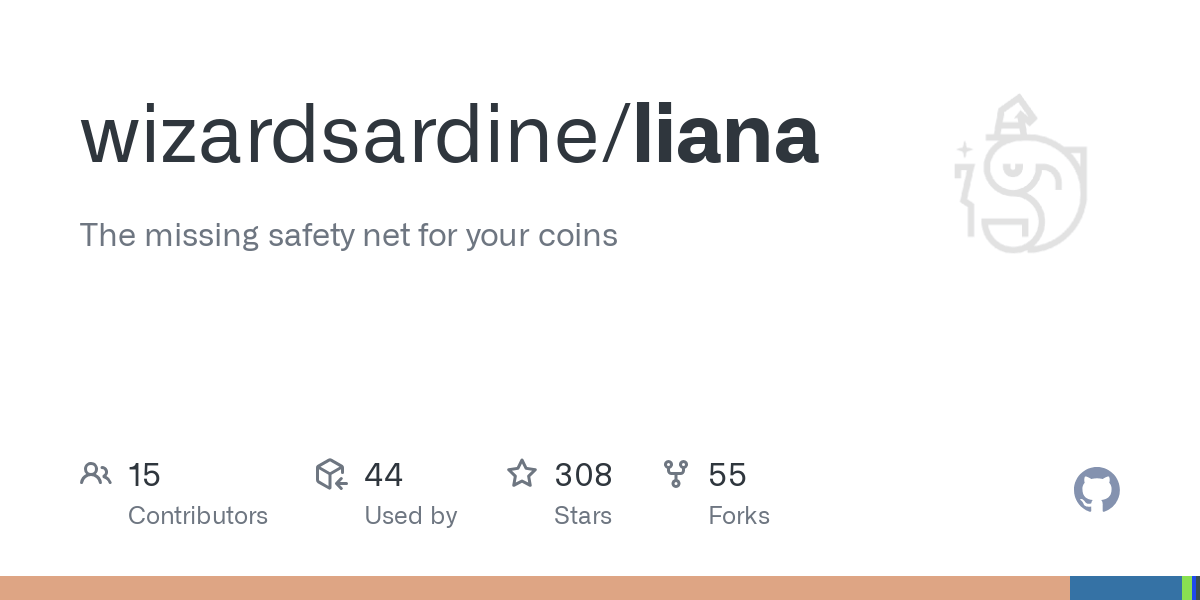
Learn about the plans to use Liana
Since Liana is quite different from other Bitcoin wallets, you’ll need to choose a plan to get started.
Liana offers two main plans:
- DIY Plan: This is the do-it-yourself option where you download the wallet and set everything up using your own knowledge. If you go with this plan, the wallet usage is free.
- Inheritance Plan: This more comprehensive plan costs €500 per year. It includes descriptor backup storage, timelock update reminders, security checks and update recommendations, pre-configured wallet setup, live setup with a dedicated consultant in a 1-on-1 session, technical support (including phone calls), and assistance in key recovery for designated beneficiaries.
In addition to these two plans, Liana also offers individual services for those who prefer to pay for specific features rather than the full inheritance plan.
Let’s take a closer look at each of these services:
Peace of Mind Package:
- Price: €5 per month.
- Descriptor backup storage.
- Timelock update reminders
- Security checks with update recommendations.
Onboarding Package:
- Price: €200 one-time payment.
- Guided setup with Liana support.
Support Call:
- Price: €60
- Video call to get guidance on the wallet.
All plans can be paid for in Bitcoin.
Which hardware wallets are compatible with Liana?
Liana currently supports all Ledger products (Nano S, Nano S Plus, Nano X), as well as Bitbox02, Coldcard, and Jade.
At present, Liana’s functionalities are limited to these hardware wallets, but additional compatibility is expected in the near future.
Comparison with other Bitcoin inheritance solutions
Currently, there are few solutions on the market that offer native inheritance functionalities integrated directly into a wallet.
Many people turn to external options, such as traditional wills or custodial services, to ensure access to their Bitcoin after death. However, these approaches come with several disadvantages, such as the need to trust third parties and increased risk of censorship or theft.
Liana, on the other hand, eliminates these vulnerabilities by providing a fully decentralized and secure way to transfer funds to beneficiaries. This makes it an appealing choice for those who want to ensure their digital assets are preserved and transferred securely, staying true to Bitcoin’s principle of minimizing reliance on third parties.
Conclusion
Liana represents a significant advancement in the Bitcoin wallet ecosystem, offering an innovative and much-needed solution for Bitcoin inheritance planning.
By combining the strength of multisig with time-lock features and a user-friendly interface, Liana enables seamless succession planning while ensuring that Bitcoin funds remain secure and accessible in the future.
This wallet is particularly appealing to users who value Bitcoin’s self-sovereignty philosophy and want to proactively plan for the transfer of their assets to future generations.
We’re excited to see how Miniscript and Liana will continue to evolve in the years to come!
I hope you enjoyed this article, and until next time, Opt Out!
Share on your social networks:

Founder of Area Bitcoin, one of the largest Bitcoin education projects in the world, she is a marketer, passionate about technology, and a full-time hands-on professional. She has participated in major Bitcoin conferences such as Adopting Bitcoin, Satsconf, Surfin Bitcoin, and Bitcoin Conference.
Did you like this article? Consider buying us a cup of coffee so that we can keep writing new content! ☕

